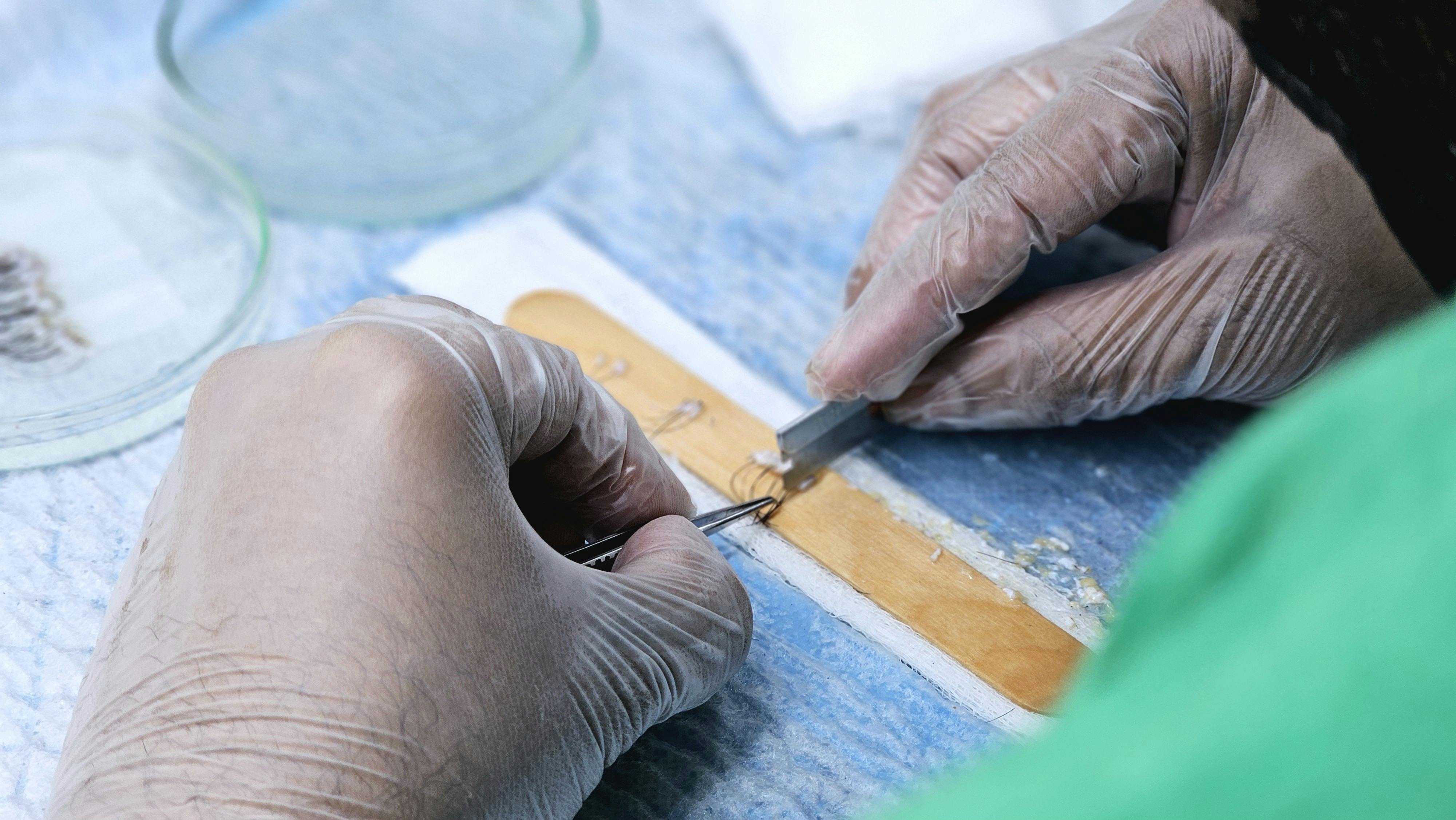Navigating the World of Hair Transplant: From History to Modern Techniques
Hair transplantation, a surgical technique used to address hair loss, has a fascinating history that dates back to the late 19th century. The procedure was first introduced in the 1890s by a German dermatologist named Dr. Menahem Hodara. He used it to treat a patient suffering from alopecia areata, a condition characterized by hair loss in some or all areas of the body. The success of this procedure led to the development of various techniques and tools over the years.

Fast forward to the 20th century, the first documented use of modern hair transplantation was in Japan during the 1930s. Dr. Shoji Okuda, a Japanese dermatologist, published a study detailing his method of transplanting hair-bearing skin grafts to balding areas. His technique, although not widely recognized due to World War II, laid the foundation for the modern hair transplantation procedures we see today.
Hair Transplantation: The Evolution of Techniques
Over the past few decades, hair transplantation techniques have evolved significantly. The initial method, known as punch grafting, involved the transplantation of large grafts, often leaving patients with a “pluggy” or “doll-like” appearance. This approach fell out of favor in the 1990s with the advent of mini and micrografting, which allowed for a more natural-looking result.
One of the most transformative developments in the field of hair transplantation came in the form of the Follicular Unit Transplantation (FUT) technique. Introduced in the mid-1990s, this method involved harvesting a strip of scalp from the back of the head, dividing it into individual follicular units, and transplanting them into the balding area. This technique, although more invasive than its predecessors, offered superior results in terms of density and natural appearance.
The latest advancement in the field is the Follicular Unit Extraction (FUE) technique. This minimally invasive procedure allows for the extraction of individual follicular units from the donor area, thus eliminating the need for a linear scar. FUE has gained popularity due to its less invasive nature and the ability to provide a natural-looking outcome.
The Impact of Hair Transplantation on Society
Hair transplantation has had a significant impact on society, especially in terms of self-image and confidence. Hair loss can be a distressing experience for many, often leading to decreased self-esteem and social anxiety. Hair transplantation provides a viable solution for these individuals, allowing them to regain not only their hair but also their confidence.
The stigma associated with hair transplantation has decreased over the years, thanks to advancements in techniques and technology. Celebrities and public figures openly discussing their experiences with the procedure have also contributed to its normalization and acceptance.
Understanding the Reception and Trends in Hair Transplantation
The reception of hair transplantation has generally been positive, with increasing acceptance as a standard cosmetic procedure. The growing demand for hair transplantation globally is indicative of its acceptance. According to a report by Grand View Research, the global hair transplant market size was valued at USD 5.9 billion in 2018 and is expected to grow at a compound annual growth rate (CAGR) of 22.1% from 2019 to 2025.
One of the emerging trends in hair transplantation is the increasing demand for FUE techniques, thanks to their minimally invasive nature and superior aesthetic results. The use of robotics in FUE procedures is also on the rise, offering improved precision and efficiency.
Concluding Thoughts
The world of hair transplantation has come a long way from its inception in the 19th century. The evolution of techniques, the impact on society, and the acceptance of the procedure illustrate the ongoing trend and relevance of hair transplantation in the modern era. It’s a testament to the continuous advancements and innovations in dermatology and cosmetic surgery, offering hope and solutions to those grappling with hair loss.



